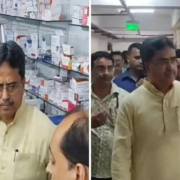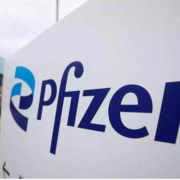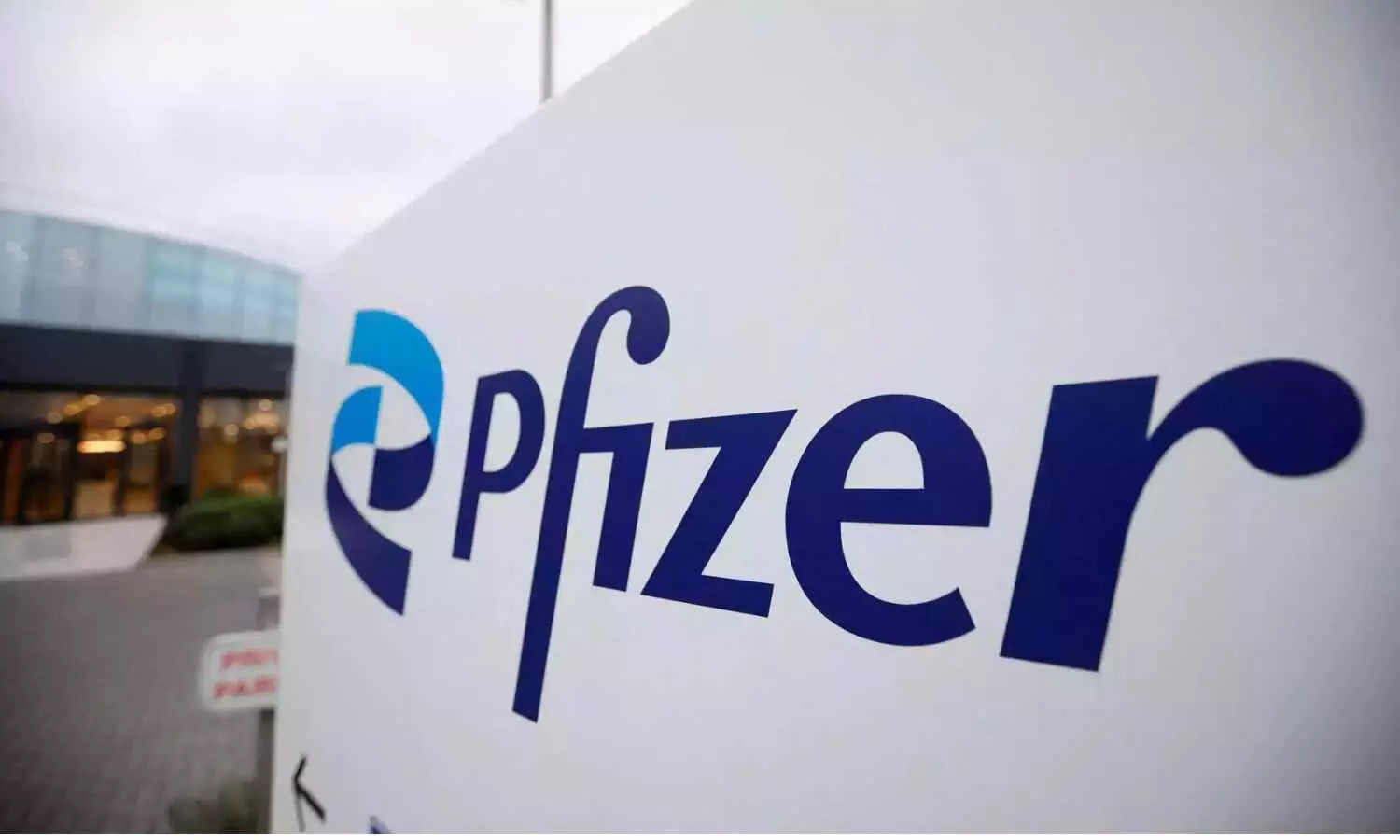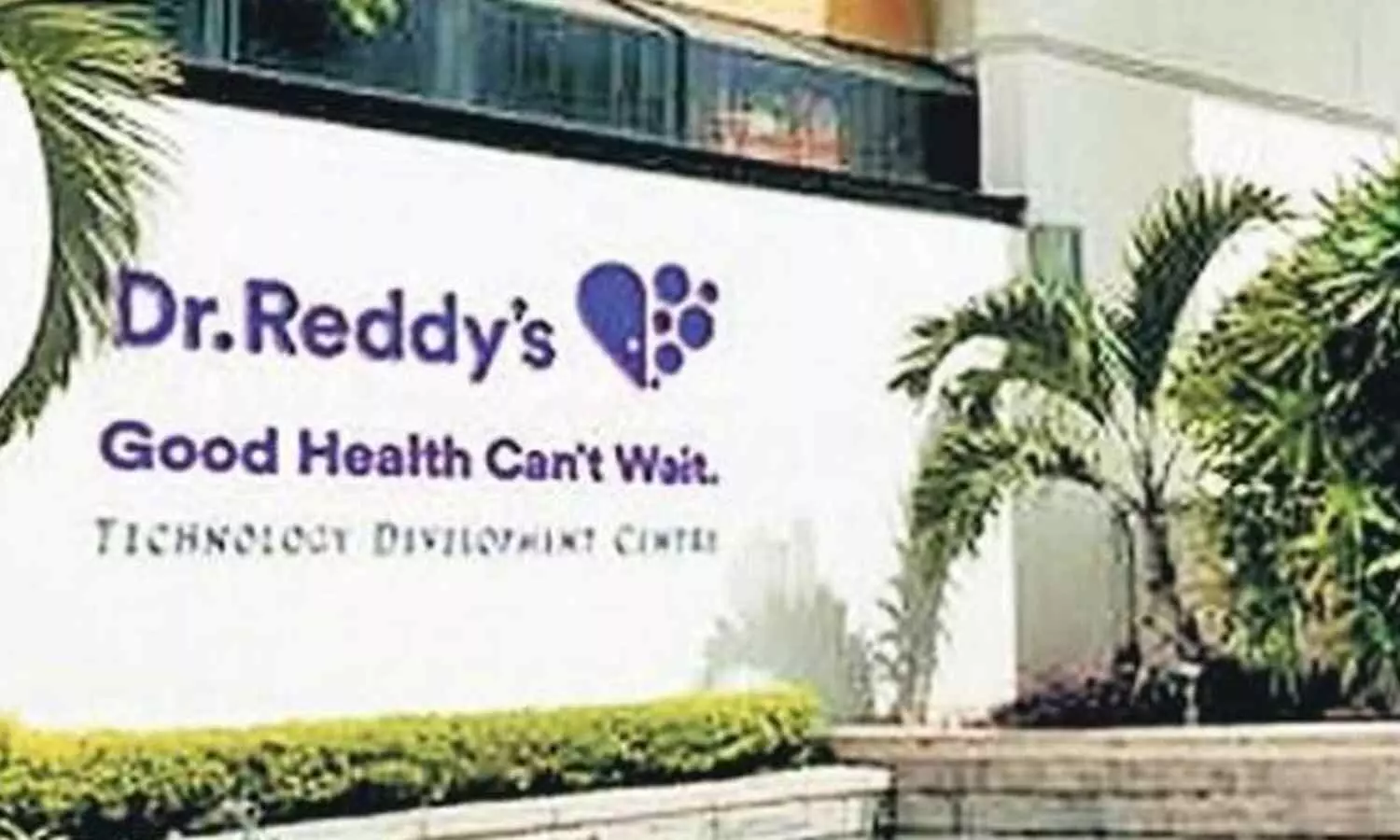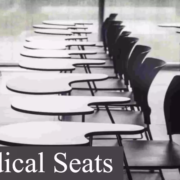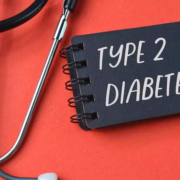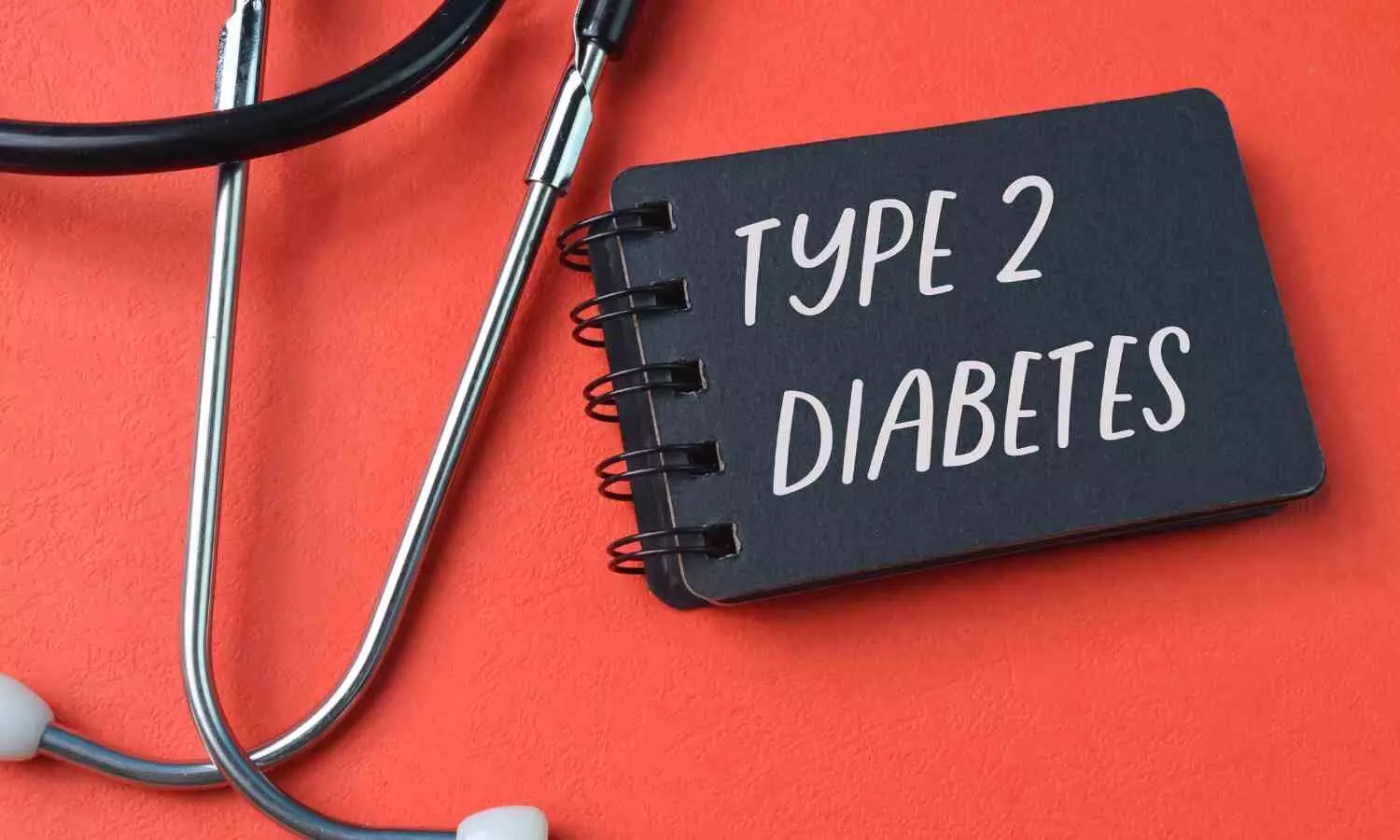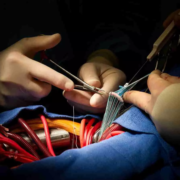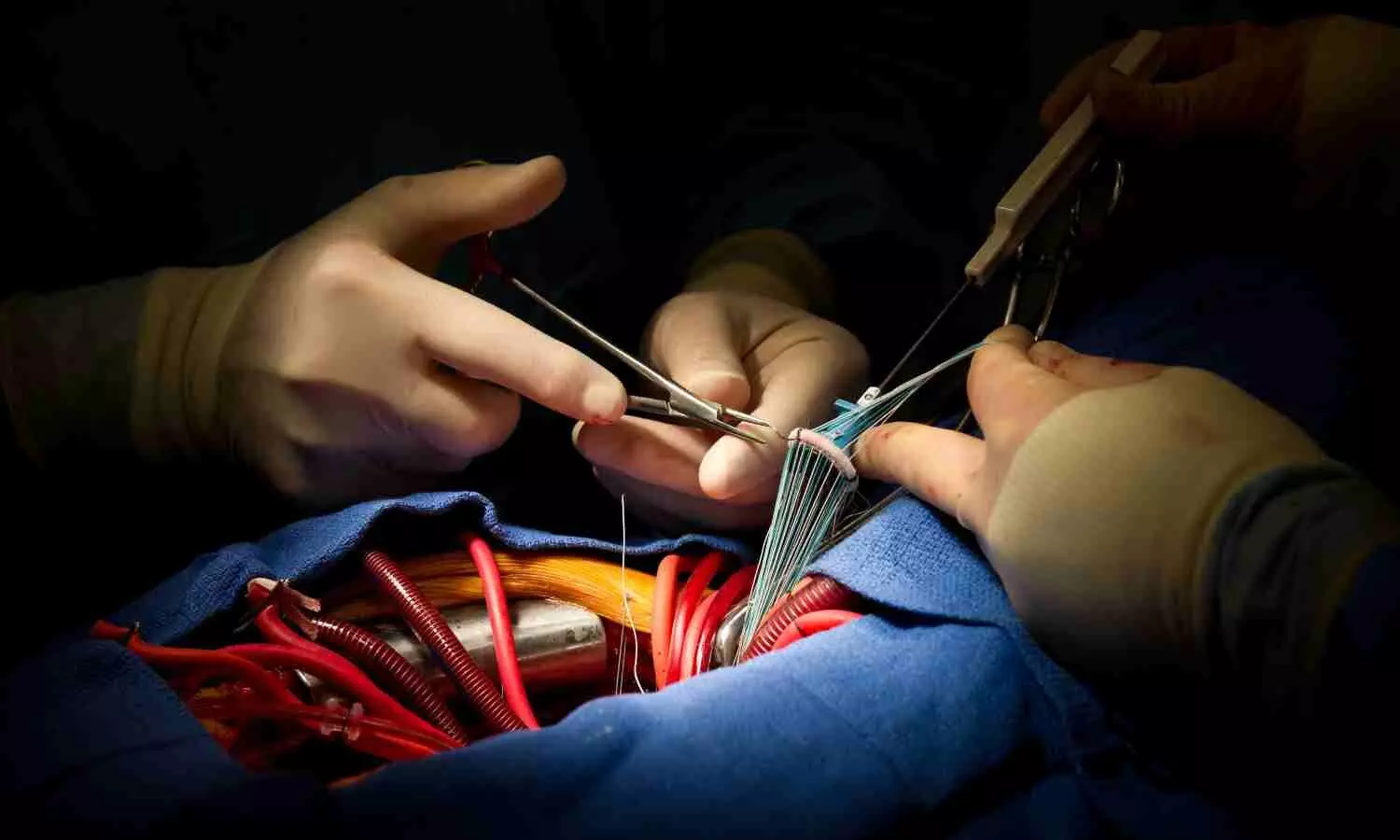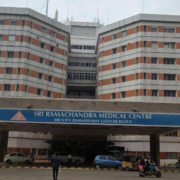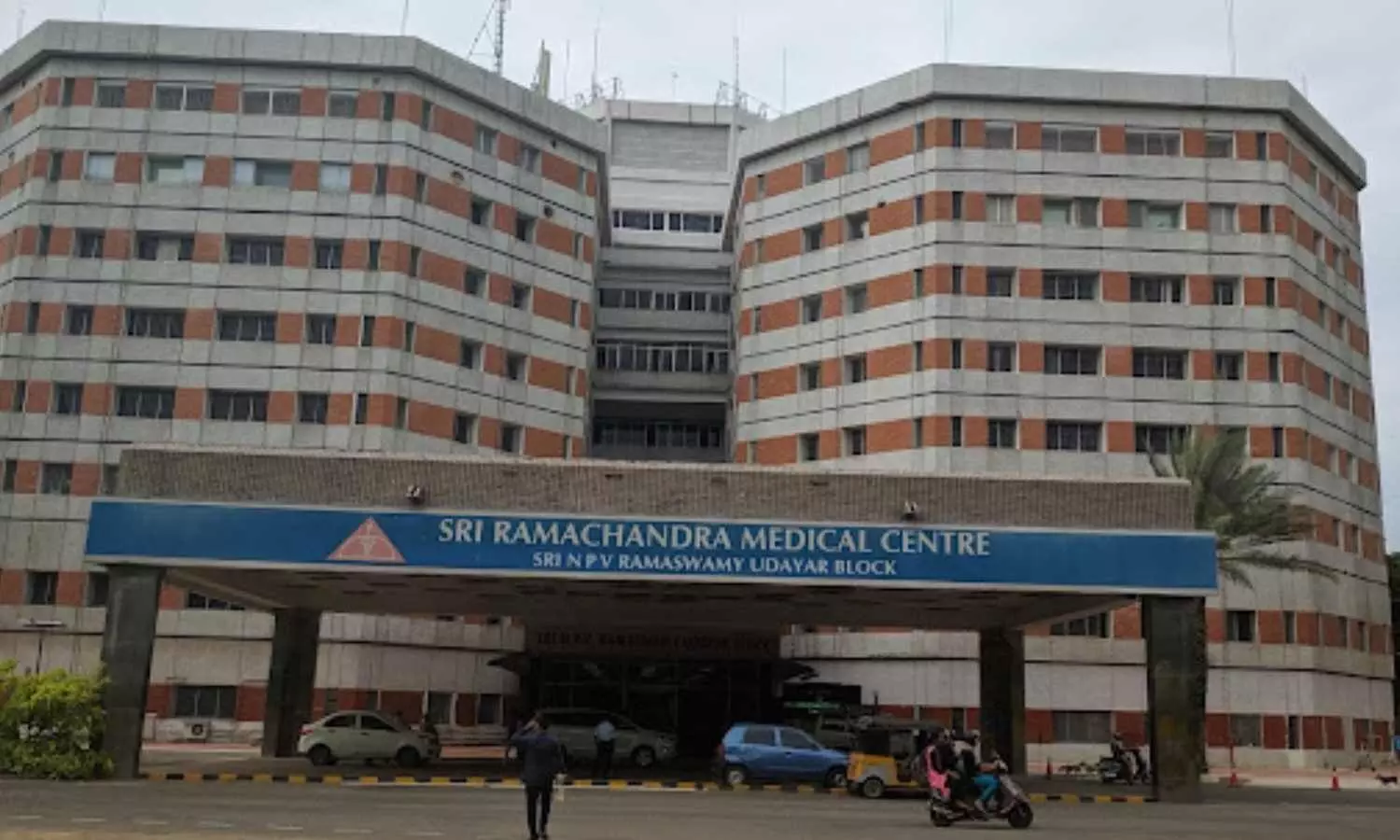Kidney transplant facility to be launched at GBP Hospital: Tripura CM Manik Saha

Agartala: Taking a notable step towards improving healthcare provisions, the Government Medical College and Agartala GBP Hospital in the state are preparing to commence kidney transplant surgeries.
Tripura Chief Minister Manik Saha on Thursday conducted inspection of various hospital facilities, including the super speciality block and nephrology department of GBP Hospital in Agartala. During his visit, Saha reviewed the neurosurgery and nephrology departments, engaging in discussions with medical staff regarding medication, equipment maintenance, and quality control.
Also Read:Tripura CM inaugurates advanced imaging facility at Niramay Health Centre
As per the officials, the state-of-the-art infrastructure required for the program, constructed within the speciality block at a cost of Rs 180 crores, is nearing completion, heralding a new era in medical care for residents, reports news agency ANI.
Manik Saha who also holds the portfolio of the health ministry in the state undertook an inspection tour of various hospital facilities, including the super speciality block, nephrology and generic medicine counter, and cardiology department.
“This proactive engagement underscores the government’s commitment to ensuring robust healthcare services and expanding treatment options for patients,” an official statement said.
The upcoming kidney transplant program signifies a monumental advancement in medical capabilities within the region.
It promises to offer hope and relief to patients grappling with kidney-related ailments, enabling them to access life-saving treatments closer to home.
According to an ANI report, “With the infrastructure nearing readiness, authorities are poised to inaugurate the kidney transplant program, marking a milestone achievement in the state’s healthcare landscape. The initiative reflects a concerted effort towards fostering comprehensive healthcare solutions and prioritizing the well-being of citizens,” the statement added.
The community and future patients of GB Pant Hospital are optimistic about the forthcoming enhancements, which are expected to significantly elevate the quality of healthcare services offered.
Powered by WPeMatico

